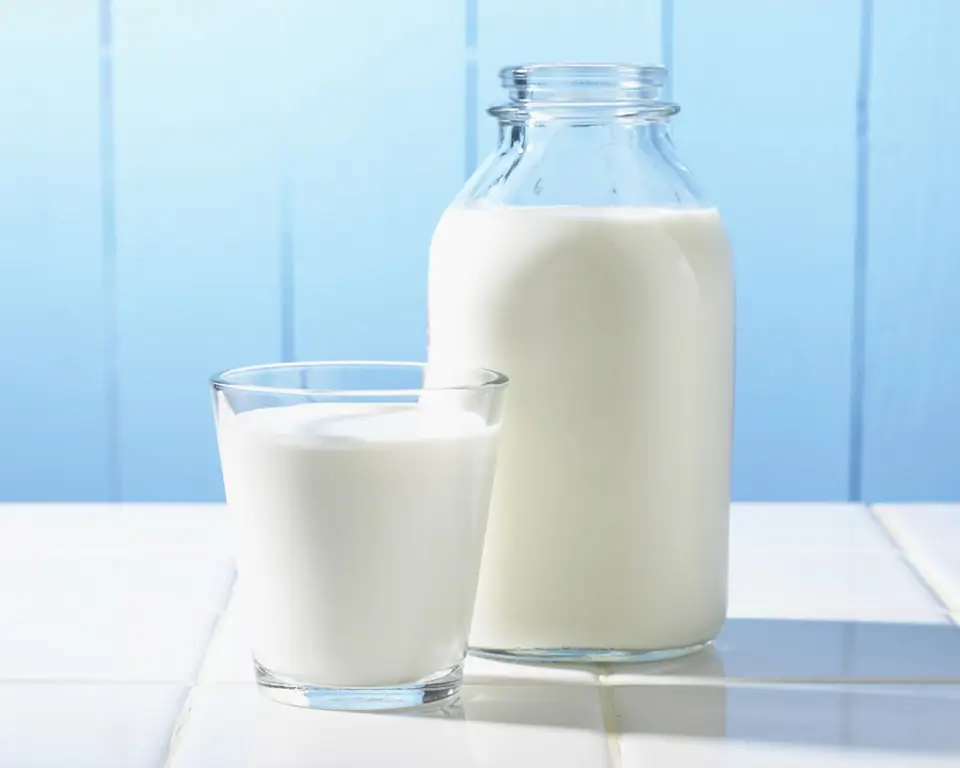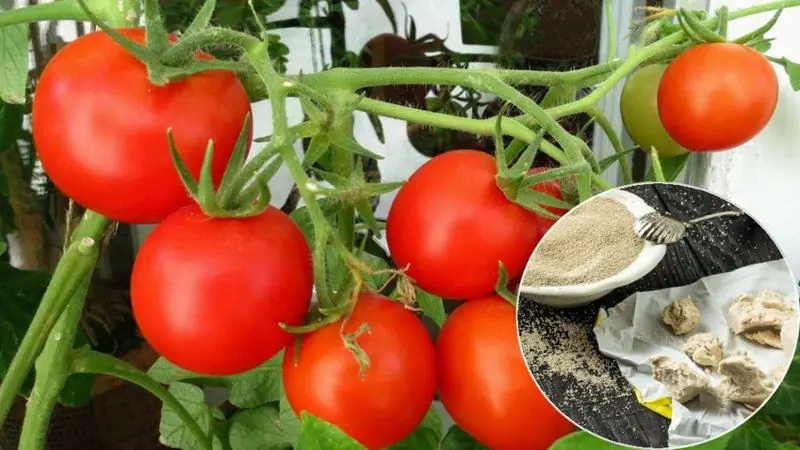
Table of contents:
- Author Bailey Albertson [email protected].
- Public 2023-12-17 12:53.
- Last modified 2025-06-01 07:32.
Tomatoes grow as if not in themselves: we feed the plantings with iodine

To increase the productivity of garden plants, not only well-known fertilizers are used. Micro-doses of the most common drugs used in everyday life can also make a significant contribution to the success of growing many crops. For example, iodine tincture has a positive effect on the vital activity of tomatoes and their yield.
Why and when you need to process tomatoes with iodine
Lack of iodine in the soil negatively affects the yield of tomatoes in areas where there is not enough heat and sunlight, but this element is useful in other situations. We can talk not only about unprotected soil, but also about greenhouse growing of vegetables. Trace amounts of iodine support the vitality of plants throughout their life: from growing seedlings to full ripening of the crop.

Already at the seedling stage for tomatoes, it is worth donating a few drops of a pharmacy iodine tincture
Timely spraying tomatoes with weak iodine solutions contributes to:
- increased growth of bushes;
- an increase in green mass, including the leaves necessary for plant nutrition;
- accelerating the ripening of the crop;
- enlargement of fruits.
In addition, the use of iodine protects tomatoes from many diseases and pests. At the same time, experienced gardeners use iodine tincture already in the preparation of seedlings, believing that it grows stronger and more stress-resistant. During the life of the bushes in the beds, iodine is used several times over the summer, the first time a couple of weeks after planting the seedlings, the last one in mid-August. However, if no obvious signs of iodine deficiency are noticed, these should be really "symbolic" feeding, using very small doses of the element. At the same time, there are situations when the urgent use of iodine in the beds is urgently needed, for example:
- seemingly unreasonable decrease in yield;
- delay in the onset of fruiting;
- painful appearance of the bushes, their weakness;
- infestation with mosaic, brown spot or late blight.
Often, iodine treatment is used for preventive purposes and in relation to seeds before sowing them for seedlings.
Video: iodine to accelerate the ripening of tomatoes
How to feed tomatoes with iodine
For feeding tomatoes, very weak aqueous solutions of iodine are used. Fortunately, iodine, both crystalline and in the form of an easily available alcoholic tincture, is perfectly soluble in water (at least in the required doses: to obtain concentrated aqueous solutions, potassium iodide is also added). When feeding seedlings, take just a drop of a pharmacy tincture in a three-liter can of water, for the first time in the garden the tomatoes are fed with a slightly more concentrated solution, but still we are talking only about a few drops.
Seedlings in pots are fed by watering the soil with a diluted solution of iodine, the same is done for the first feeding in the garden. The amount of solution used for these dressings is small, but even for adult tall plants it may require up to a liter per bush.
Relatively strong solutions are used at the stage of fruit ripening and in the event of diseases. So, with a successful course of events, with the reddening of the first tomatoes, a concentrated solution is prepared. 10 g of boric acid and 10 ml of iodine tincture are dissolved in a liter of warm ash infusion. Then let it stand for a day and immediately before use, this solution is diluted with water 10 times. Such a strong solution is only suitable for root dressing. When phytophthora appears, iodine is added to more complex formulations.

Iodine is part of complex processing solutions, including those based on whey
During the fruiting period, not only root dressing is used, but also spraying of plants from a spray bottle. For foliar dressing, 1 liter of water is mixed with 200-250 ml of low-fat milk and 5 drops of iodine tincture are added. At the same time, the consumption is relatively low: for spraying a garden with an area of 10 m 2, 1.5-2 liters of working solution are enough. Spraying is carried out in the morning or evening.
Reviews of gardeners about feeding tomatoes with iodine
The use of iodine tincture when growing tomatoes is economically justified: the consumption of the drug is small, and the benefits from it are great. But you cannot overdo it with iodine dressings: like any medicine, iodine in excessive amounts can cause harm.
Recommended:
How To Check The Quality And Naturalness Of Milk At Home: Checking With Iodine And Other Methods, Determining The Freshness + Photos And Videos

How to determine the freshness and quality of milk at home: several proven methods. Criteria for assessing the quality of milk powder
The Better To Feed A Kitten: Natural Food, Ready-made Dry And Wet Food, What Foods You Can And Cannot, Feeding Rules, How Many Times A Day

Kitten feeding rules. Veterinarian recommendations. Features for every age. Prohibited and permitted products, prepared feed. Feed reviews
Feeding Tomatoes And Cucumbers With Yeast: Effective Recipes And Reviews

The use of yeast for garden crops, the need for feeding. Fertilization scheme, dosage, recipes for dressings for cucumbers and tomatoes. Gardeners reviews
Feeding Pepper With Yeast: How To Feed Correctly, Reviews

Why do pepper bushes need yeast? How to prepare top dressing, how and when to use
How To Feed Tomatoes With Ash: Rules, Terms And Reviews

Properties of wood and plant ash. When and in what quantities this type of fertilizer is used
